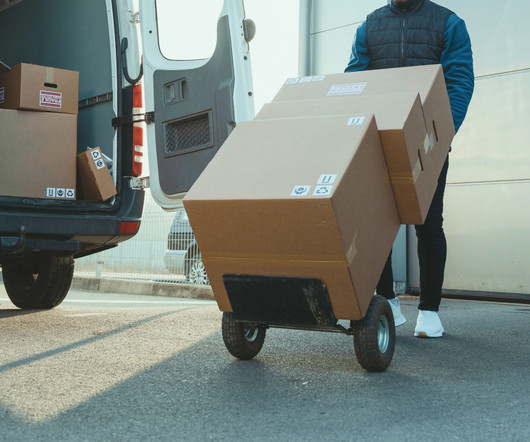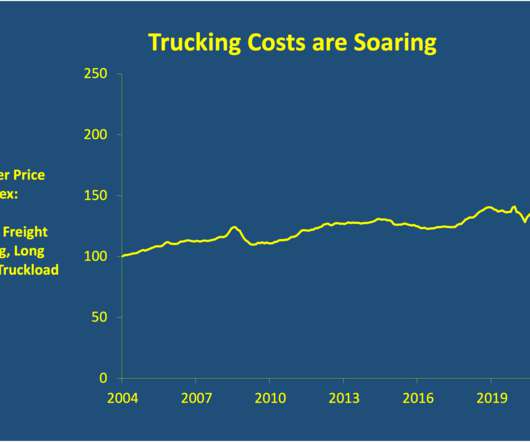What Are the 5 Biggest Supply Chain Issues Today?
Stord
MAY 2, 2022
While the rest of the world adopts cloud technologies to help them break down silos and integrate communication, companies continue to use disparate applications and tools for managing orders, evaluating inventory, and shipping goods. The COVID-19 pandemic only highlighted and exacerbated those issues.
















Let's personalize your content